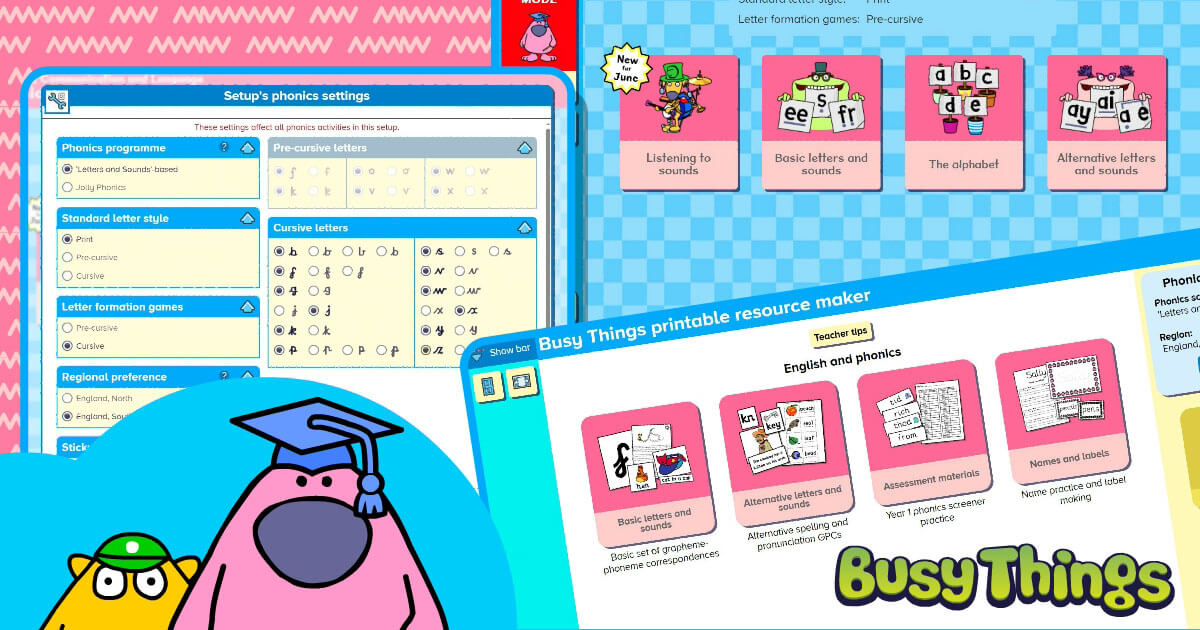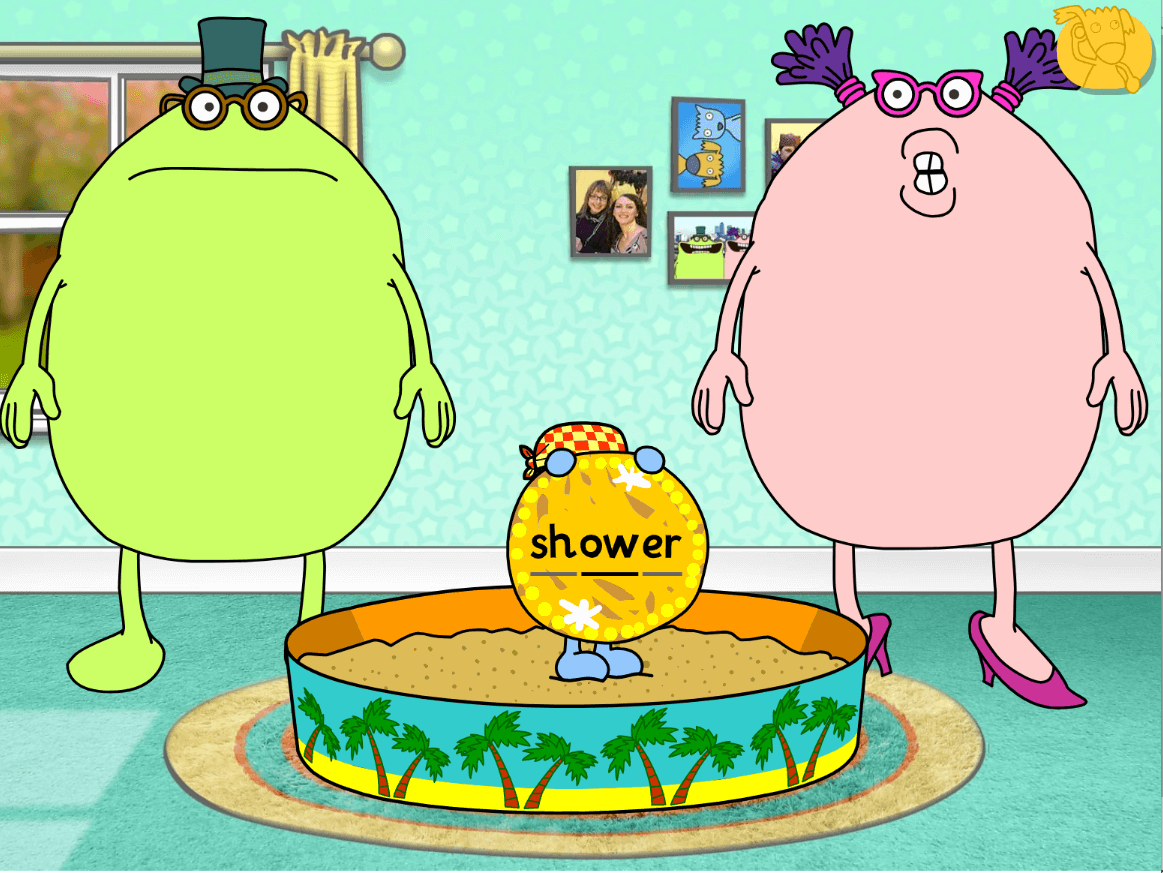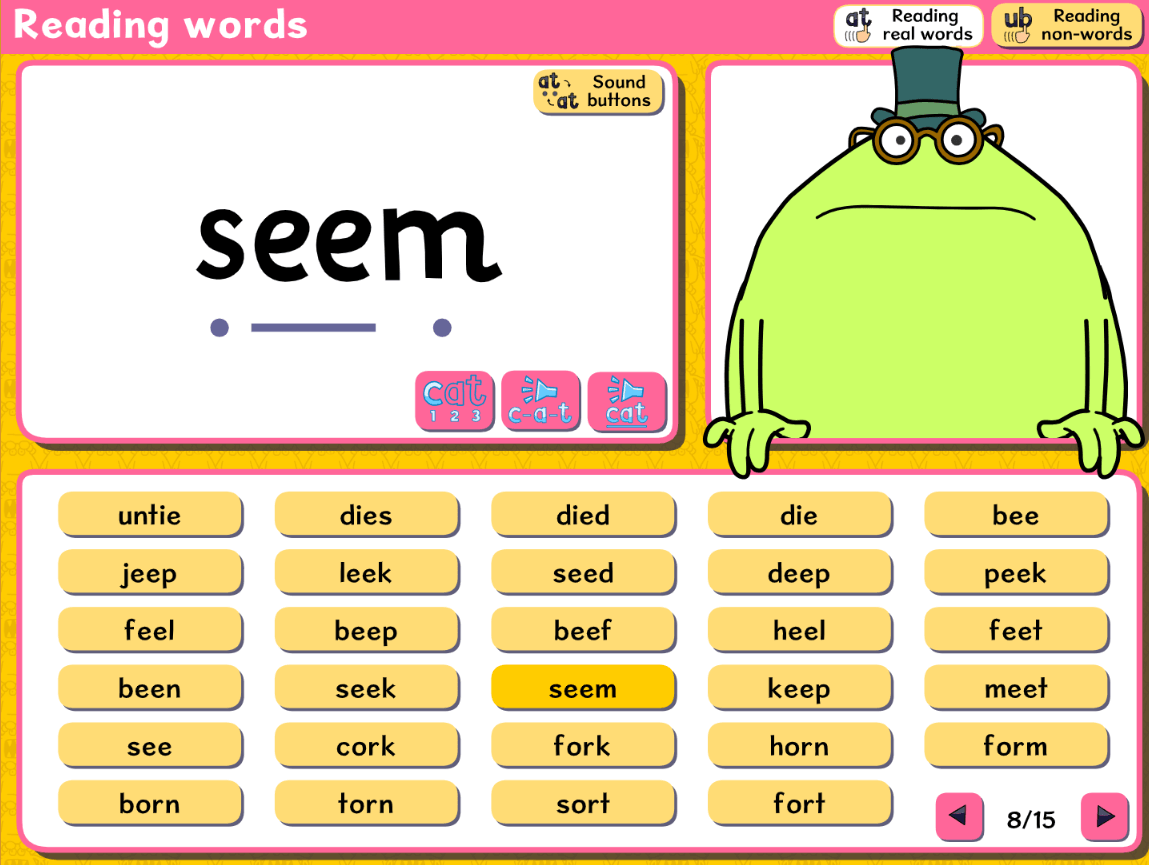Phonics Screening Check Results: What Next? Part 2

The phonics screening check is all done and the pass mark confirmed to be 32 once again.
Last week our blog looked at the next steps you could consider for individual children who didn’t pass. This week, we look at the bigger picture and how to optimise your phonics provision to ensure you’re giving your children the best possible chance to succeed.
So how was the phonics screening check for you?
Looking at your results for this year’s check and thinking about the trends in performance will undoubtedly help you plan for next year. Ask yourself, did your more able pupils do as well as expected? Did some pupils know the sounds but struggle with the blending? How did the children learning English as an additional language do?
To help you with this, we’ve broken school performances down into three categories:
- The vast majority of pupils reached the expected standard
- A significant proportion of pupils found the more complex words (Section 2) and pseudo-words tricky
- Some of my pupils need additional support
1. The vast majority of pupils reached the expected standard
If this is you, well done! Your pupils can read a large number of different words, whether they’ve come across them before or not, and have retained the grapheme-phoneme correspondences (GPCs) they’ve learnt.
Give them (and your team) a well-deserved pat on the back and encourage them to keep going in Year 2, where their grounding in phonics will continue.
Pupils learning to read frequently encounter words they’ve not seen before so they’ll need to keep their decoding skills honed. Good phonics knowledge is also key for developing strong spelling skills as children need to choose which letters represent the sounds they hear.
2. A significant proportion of pupils found the more complex words (Section 2) and pseudo-words tricky
If your pupils fell down on the more complex word structures of Section 2 or the pseudo-words, it would be worth reviewing:
a) The content and coverage of the phonics programme you’re using
Are all the GPCs covered in the programme you follow? Does the programme have a systematic approach, so the children are learning each grapheme in the same way?
b) The pace and quality of your phonics teaching in both Reception and Year 1
Most programmes cover all 40+ graphemes in Reception, alongside developing good blending skills. That way, Year 1 can be spent on less common graphemes and alternative sounds for graphemes.
Is this the case for your school?
If not, it might be worth investing in new phonics materials and reviewing the timetable you’re working to, so that all GPCs are covered adequately with time for revision and ongoing assessment. Time could be set aside for same-day ‘catch up’ sessions for those children who are on the cusp of passing but maybe just need further support in certain areas.
Do your pupils engage with the phonics content to the same extent?
If the standard format of the scheme you’re following is not working for everyone, it would might be worth supplementing it with material that adopts a different approach for some pupils.

Busy Things has a wide selection of fun, interactive phonics activities which allow you to focus on specific graphemes. They’re great for focused learning and targeted revision, and can even prioritise the latest GPCs you’ve covered.
‘Digging for gold’ (right) is a fantastic activity for exploring alternative phonemes, reinforcing the process of sounding out the word before blending it.
c) How your pupils approach reading unknown words
If your pupils did well on reading the real words but not the pseudo-words, it may be that the children are not using phonics as their first approach to deciphering new words. They could be reading by sight instead. If this is the case, more attention needs to be given to decoding, so that they do use a phonics-based approach.

Do your pupils have the opportunity to apply their decoding knowledge and skills to decodable books/activities?
Busy Things’ ’Reading words’ activity (right) is particularly good for revision purposes and allows you to focus on real or pseudo-words.
Activities like this allow the pupils to see the value of the phonics they are learning and feel that they are successful readers.
3. Some of my pupils need additional support
If you are sure that your approach to phonics teaching is systematic and pupils have not met the expected standard of the check, think about whether the outcome was what you expected. It may have been a one-off problem on the day of the check. Alternatively, it could confirm what you already suspected, and that there is an underlying issue affecting some children. The key here is to act either by discussing the child/children impacted with your SENDCO and/or with the parents, so the necessary next steps can be decided and actioned.
Summary
We hope this blog has been useful in outlining steps you might take in improving your phonics provision, so your pupils are more likely to succeed with the phonics screening check in the future.
As part of this blog, we’ve included our Digging for gold and Reading words activities for you to play free to give you a taste of our phonics activities. If you’d like to see more of our activities and games, you’d be very welcome to take a free trial. This will give you 28 days to look at the other 50+ phonics activities available, as well as activities for other areas of the primary curriculum.
This blog was reviewed and updated in July 2025.